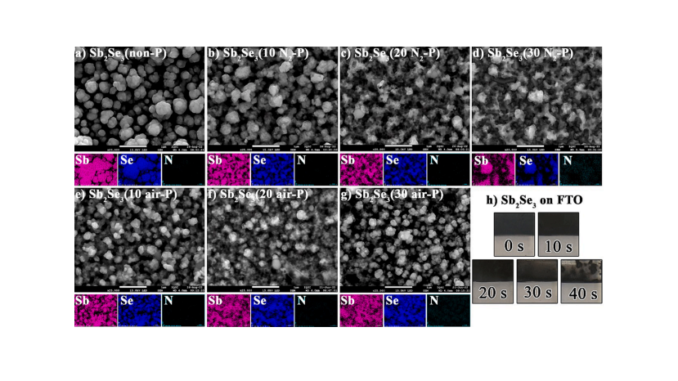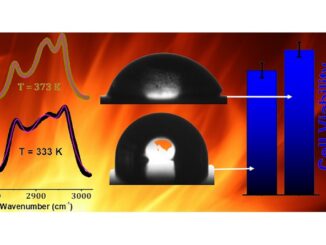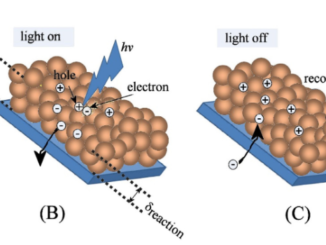
Plasma treatment of electrodeposited Sb2Se3 thin films for improvement of solar-driven hydrogen evolution reaction
Abstract: Semiconductor films based on Sb2Se3 are a promising choice to be applied as photocathodes for H2 generation via solar-driven water splitting. However, the surface of Sb2Se3 is extremely hydrophobic, which considerably compromises its photoelectrochemical (PEC) performance. To tackle this issue and improve H2 generation via light-driven water splitting, we have developed a plasma treatment approach and evaluated the effect of plasma type (i.e., plasma of N2 and ambient air) and plasma exposure time. According to water contact angle measurements, the surface of the Sb2Se3 films changed from hydrophobic to hydrophilic over increasing plasma treatment time, and that was noticed for both N2 and ambient air plasmas. XPS analyses showed the formation of a new Sb–N bond on the surface of the plasma-treated Sb2Se3 and this may have enhanced wettability since the N in the Sb–N bond has the propensity to form hydrogen bonds with water. The PEC analyses showed that the optimized plasma treatment condition (N2 plasma for 20 s) of the Sb2Se3 films delivered a substantial photocurrent density (jph) value for HER of (–3.9 ± 0.3) mA cm−2 at −0.2 VRHE, i.e., corresponding to 3-fold increase compared to that of the untreated film. Based on additional physical and electrochemical characterizations, the improved PEC performance for HER was assigned to the combined contribution of enhanced wettability and enlarged ECSA of the plasma-treated Sb2Se3 films. Overall, this work features a new and simple method based on plasma treatment to improve the wettability of those semiconductor films facing hydrophobicity and to enhance solar-driven water splitting.
Author(s): Magno B. Costa; Moisés A. de Araújo; Robert Paiva; Sandra A. Cruz; Lucia H. Mascaro
Chemical Engineering Journal
Published: 1 April 2024, Volume 485, 149526
DOI: https://doi.org/10.1016/j.cej.2024.149526
CDMF
The CDMF, hosted at the Federal University of São Carlos (UFSCar), is one of the Research, Innovation and Dissemination Centers (RIDC) supported by the São Paulo State Research Support Foundation (Fapesp), and also receives investment from the National Council Scientific and Technological Development (CNPq), from the National Institute of Science and Technology of Materials in Nanotechnology (INCTMN).




